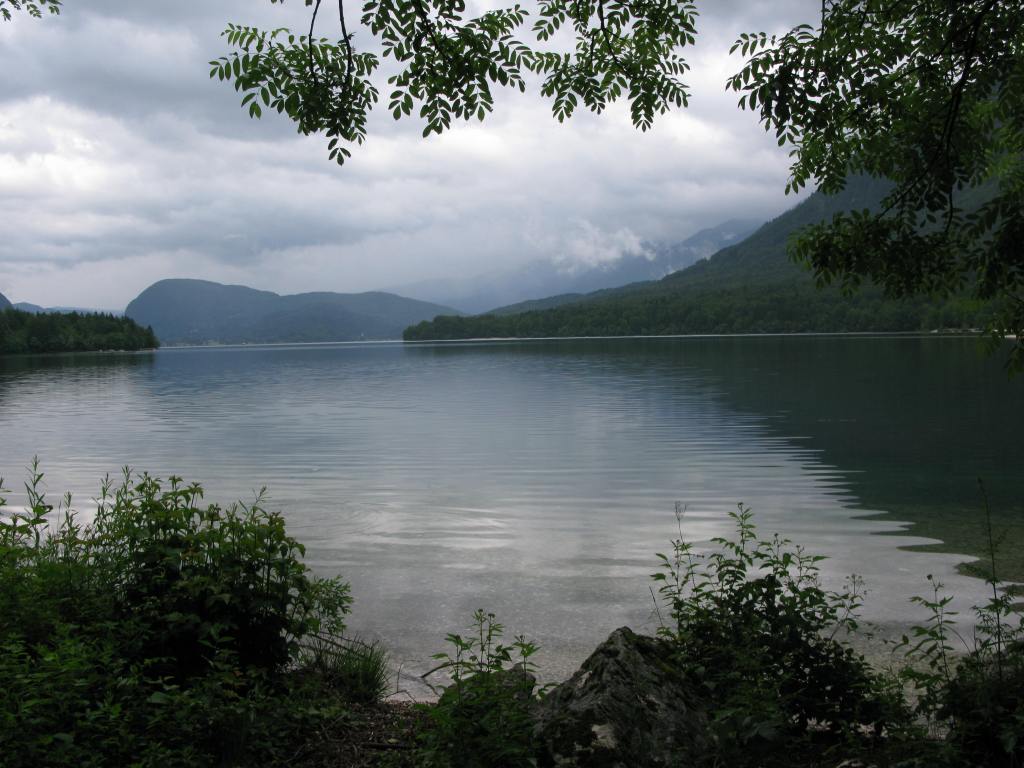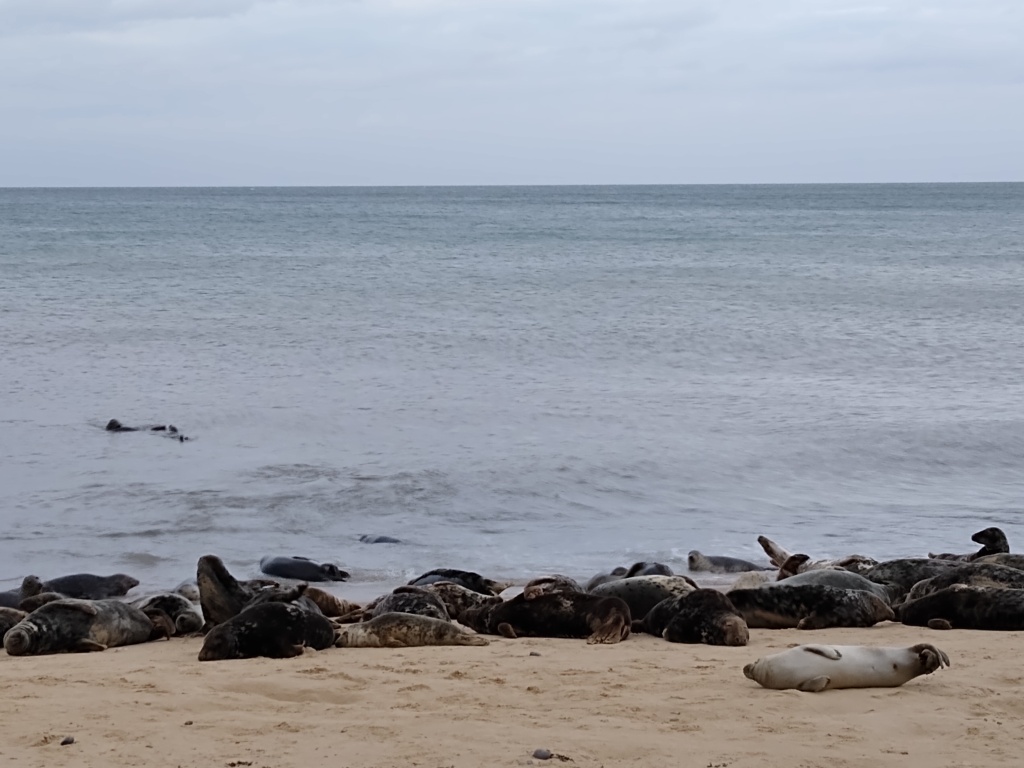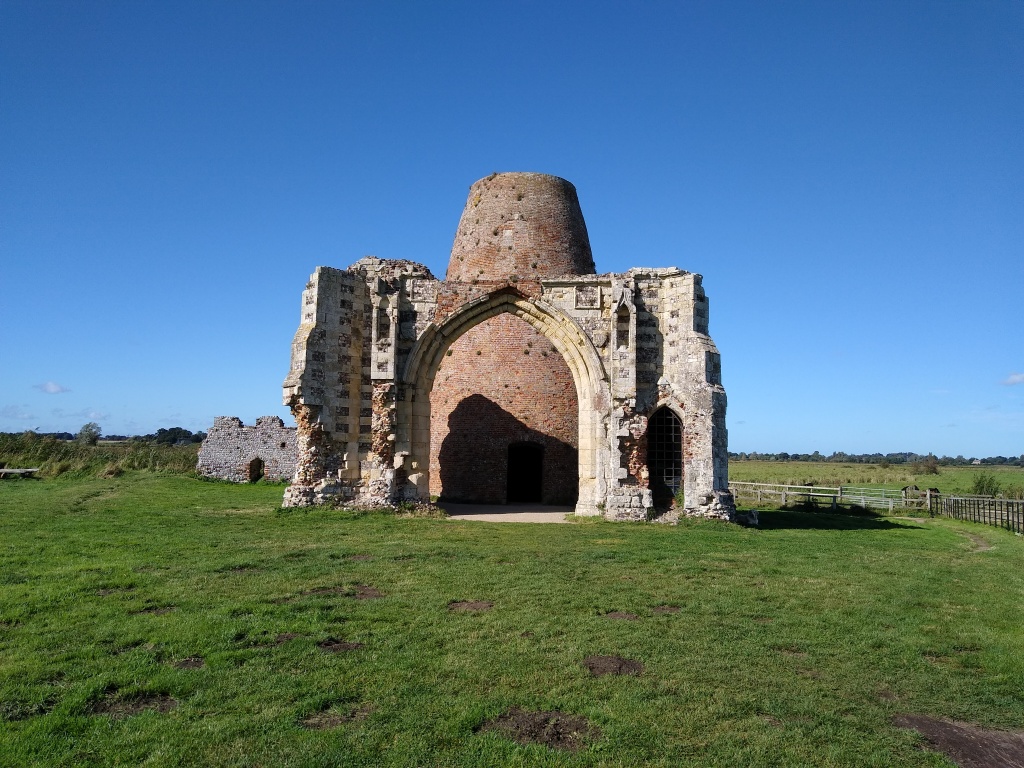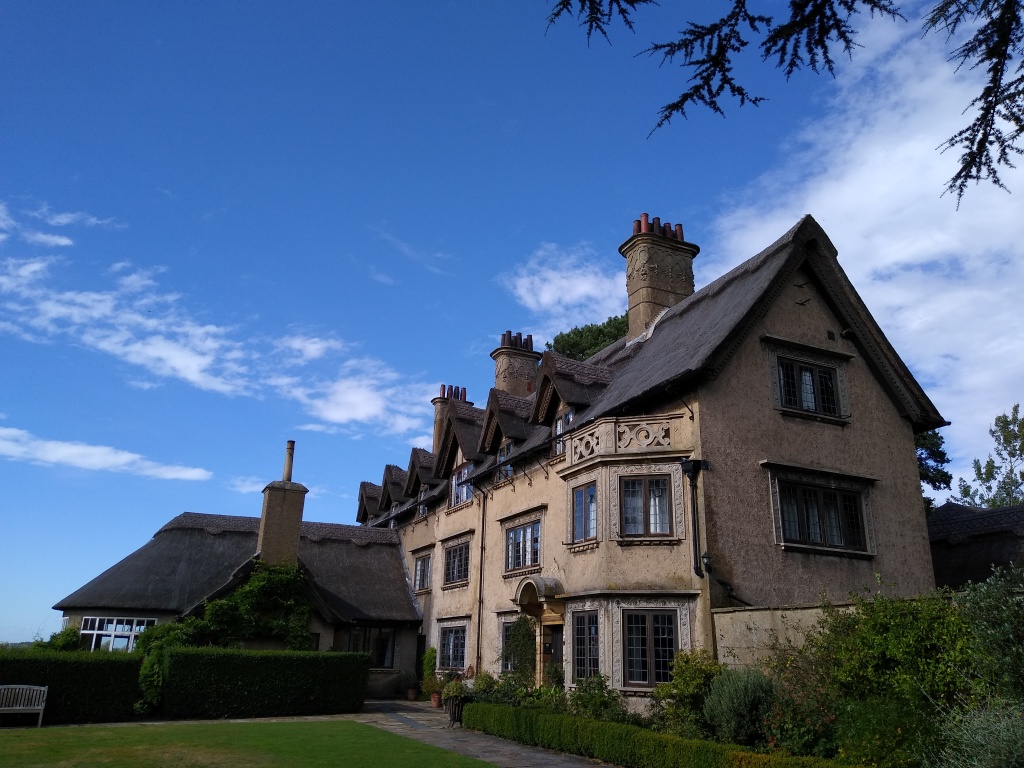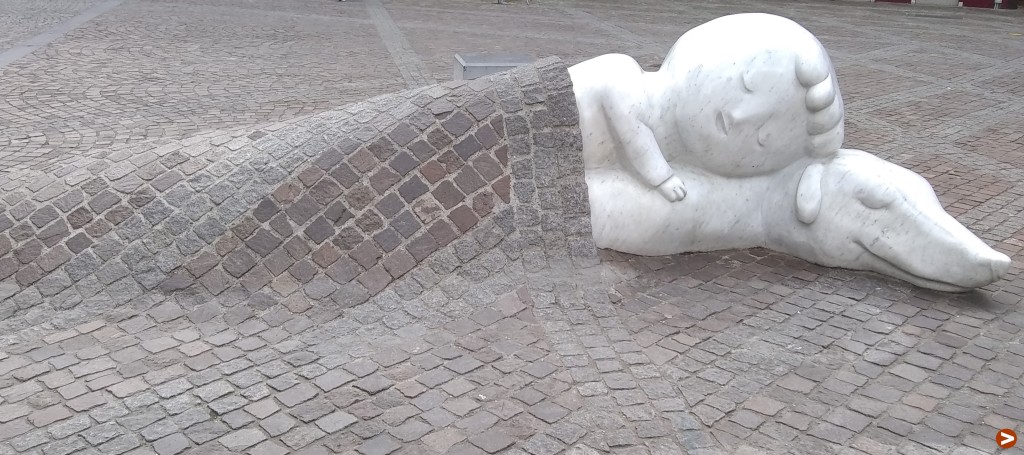
It sounds like something from a futuristic fantasy book. People floating above the city on their way to work, or to go shopping, or for a night out. Even though Medellín, Colombia was the first city to use cable cars for mass transit, it’s La Paz in Bolivia which has made them the backbone of the city’s public transport system.
Plus ça change
I first visited La Paz in the year 2000. At the turn of the century the city was heavily reliant on buses to whisk people around the city. ‘Whisk’, however, is probably the wrong word for commutes which could take up to 3 hours, one way.

The La Paz metropolitan area has sprawled so far that it has absorbed the city of El Alto. Formed in 1903 and with a population approaching one million people – almost all of whom are Amerindian -, El Alto is La Paz’s poorer cousin. A strongly socialist president (Evo Morales) decided to help the people of El Alto feel more of a part of La Paz. And so, in 2014, Mi Teleférico was opened.
Returning to La Paz in 2018 I noticed that the city hadn’t changed all that much. Ladies in bowler hats still sold piles of produce in Mercado Rodríguez. The 18th century Basílica de San Francisco still stood grandly over Plaza San Francisco. Poverty was still apparent. But some things had changed.
It was no longer possible to take an unofficial tour of San Pedro prison. A hideously ugly new presidential palace in the form of a glass skyscraper had sprouted above the historic centre. And cable cars had appeared. Everywhere.
Flying high
When you’re in La Paz you’re already standing pretty high up in the air. 3,640 metres, to be precise. El Alto is even higher. At 4,000 metres it’s the highest major city in the world. If the altitude doesn’t take your breath away, then the views from the cable cars certainly will.
There are 11 La Paz cable car lines stringing together the various parts of the city. My favourites were the Sky Blue, Green and Purple lines. First the Sky Blue line lifted me from the bustle of Prado and between the downtown skyscrapers. Below the pollution-choked Choqueyapu River glooped through the city.

12 minutes later, at Chuqui Apu (which is also the Aymara name for La Paz), I switched to the Green Line. The station names have both Spanish and Aymara names (Chuqui Apu station is called ‘Libertador’ in Spanish) and are modern and shiny new. In fact, this modernity provides a wonderful juxtaposition to the locals in traditional dress
The Green Line sails over some small hills, on which are spread large houses and mansions. Apparently many of the wealthy inhabitants of these properties have moved out, not wanting to be looked down on by the travelling public. For me, the view into luscious lawns and azul pools was part of the attraction of this line (sorry, wealthy La Pazians).
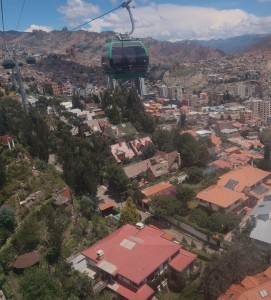
From the highest point of the Green Line I could see beyond the city, where the desert takes over. At the end of this line is Irpawi station. I hadn’t intended to come here to see anything in particular, and the fact that the military museum here was closed helped that endeavour. For me the main attraction was the cable car system itself, or rather the views from it. And I had saved the best ’til last.
A near miss
Back in the centre of the city I sought out Línea Morada, or the Purple Line, which departed from Utjawi station. This was the line which connected El Alto to La Paz, and was perhaps partly responsible for El Alto’s growth. With around 250,000 people/day travelling by cable car, the Purple Line has certainly prevented road congestion from getting much worse and has reduced the commute to minutes for people living away from the centre.
La Paz is clustered in a canyon, and El Alto is on the rim. It is spread out along the altiplano and it’s where you’ll find the international airport, although the cable car system sadly doesn’t go there. From Utjawi the gondola is hoisted up and up and up out of the canyon. Below you can see Mercado Rodríguez, then the prison, then the blocks of housing clinging onto cliffs. You can also see all the way across La Paz to the point where the city disappears around a distant canyon corner.
Not having any plans today for fully exploring El Alto, I disembarked at Tiquira station. It had been one of the most dramatic public transport journeys I’ve ever taken, and it cost me only about $0.30. In fact, I enjoyed the journey so much that I wanted to see what the view was like at night.

Beneath a full moon I returned to the Purple Line. I paid my 3 Bolivianos and boarded the gondola. These little cabins can accommodate about 6 people comfortably, but I was always able to find one all to myself. At night the city takes on a fascinating new look from above. The constellation above is mimicked by myriad artificial lights below. Down there is a football match being played under floodlights, or someone struggling up steep steps lit orange by streetlights.
At Tiquira station I realised that I had made a mistake. I had just stepped off of the last cable car of the night. It was only 9pm, but at that time on a Sunday night (in 2018, at least), this particular line stopped for the day. Thankfully the lovely station staff agreed to run one more car down and, relieved, I enjoyed the view all over again. This experience did, however, make me face the prospect of an hours-long bus journey back to the centre, and it was only then that I fully appreciated how important this amazing cable car network was to the population far beyond the centre.
Take 5 minutes out of your day to watch this surprisingly relaxing footage I took of the Mi Teleférico system during both the day and night, and featuring several of its lines.

With the launch of the Gold Line Mi Teleférico is now complete. You can experience this incredible car car system as part of this FREE 14 day Bolivia itinerary
🏨
I stayed at the wonderful Loki Boutique. La Paz has a great choice of accommodation, view deals by clicking the button
✈️
Fly to El Alto International Airport and either take a bus downtown to Prado, or a cheap taxi

